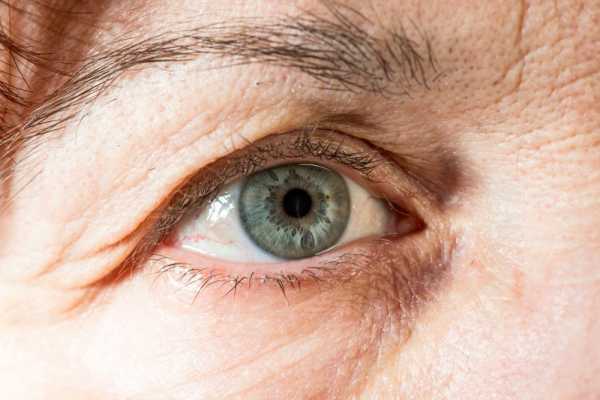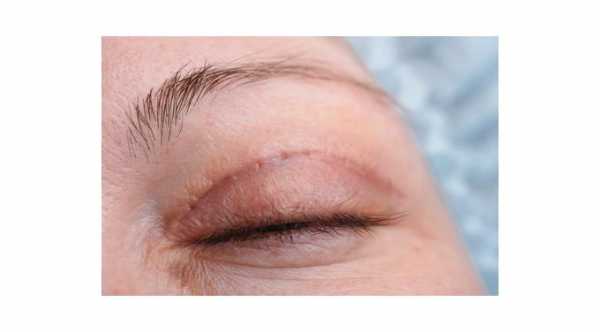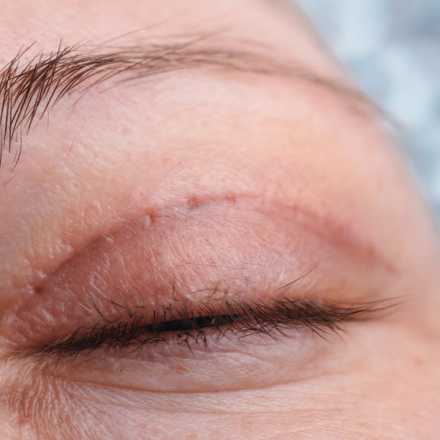
Dermatochalasis or Baggy Eyelid
What is Dermatochalasis?
Dermatochalasis or baggy eyelid is a condition in which there is excess skin of the upper eyelid that hangs over the edge of the eyelid and in severe cases it can impair vision cover the upper vision field. It affects mainly the upper eyelid but it can also affect the lower eyelid.
This condition affects a significant portion of the population especially the middle-aged adults and the elderly, it can sometimes develop as early as 20 years old.
Dermatochalasis is one of the causes of Pseudoptosis which is false impression of ptosis and it is very important to differentiate between those both because they both have the same appearance but each one of them need specific treatments.
Causes of dermatochalasis
There is loss of elasticity of the skin and weakening of the muscles that cause excess fat, muscles and skin to hangs over the eyeball.
1- Natural aging process which is the most common cause.
2- Congenital Causes in which the dermatochalasis can appear in 20 years of age.
3- Smoking.
Symptoms of Dermatochalasis
Symptoms usually start after the age of 40 and gradually getting worse with time.
1- Pseudoptosis or the false appearance of droopy eyelid.
2- It can block the visual field of the patient especially the upper visual field.
3- Patients might have difficulties in keeping their eye open so they will try to overcome that by raising their eyebrows which with time can cause headache and tiredness.
4- The excess skin can cause ocular irritation, eyelid inflammation and skin inflammation.
Treatments for Dermatochalasis
1- Temporary solution. Some people might use transparent eyelid tape but others can see it not practical or cost efficient.
2- Permanent solution is surgical procedure that is called blepharoplasty or eye lift. In this procedure the eye surgeon will remove the excess skin that surrounds the eye and attach the remaining skin to healthy connective tissue. Patients who had blepharoplasty as a treatment of dermatochalasis showed improvement in visual field and visual quality.
Can the insurance paid for blepharoplasty
It is very important for the insurance companies to know if this procedure is done for cosmetic purposes or medical purposes. Dermatochalasis that impairs your vision is considered as medical case and the insurance can cover the costs. However, for cosmetic purposes you have to pay it in whole or in part.
Recovery time for Eye Lift Or Blepharoplasty
1- The surgery usually lasts 2-3 hours and the patient can go back home in the same day.
2- Bandages are not normally applied during the recovery time. Usually there is mild pain that can last for few days and for severe pain you can take painkillers.
3- There will be swelling and bruising that can last for 1-2 weeks. Your doctor will prescribe medications for you to prevent infection of the would until it is completely healed.
4- Make sure that the wound is dry and no water can reach it for the first 5-7 days.
5- You can go back to work after 5-7 days of the surgery.
6- There are two types of stitches your doctor use in blepharoplasty. The first one is absorbable which will dissolve by itself with time and the second one is non-absorbable and can be removed after 7-10 days.





